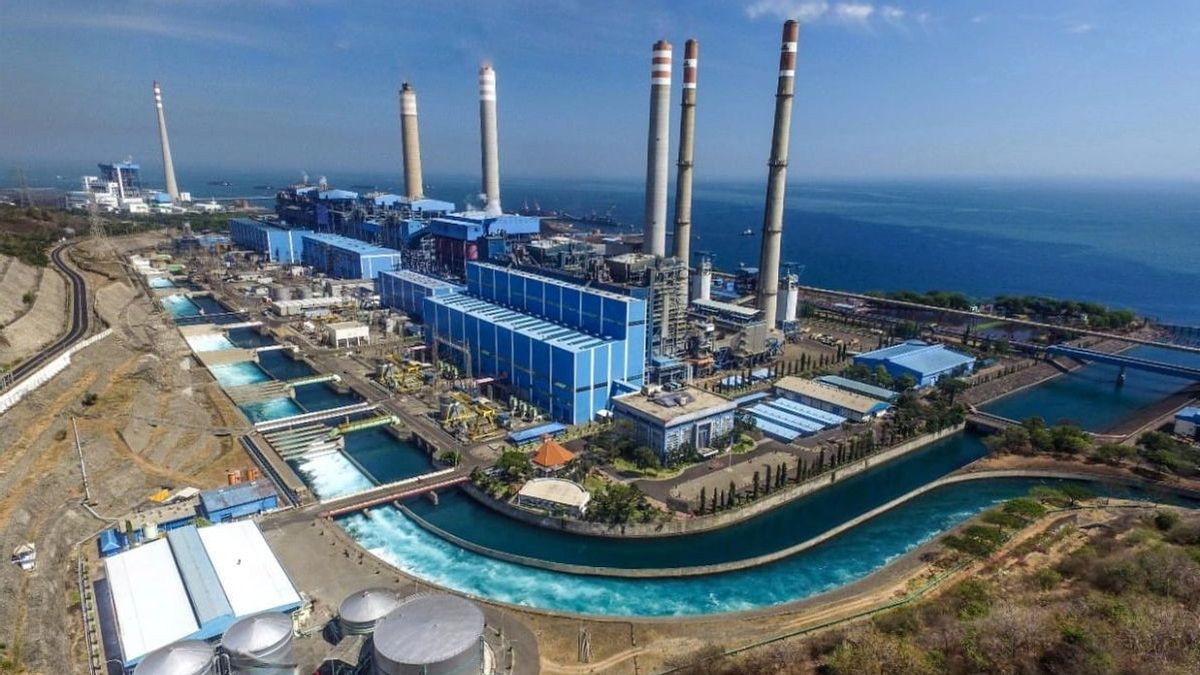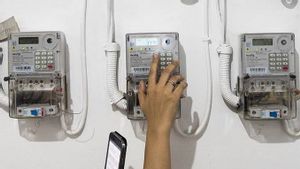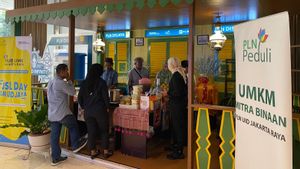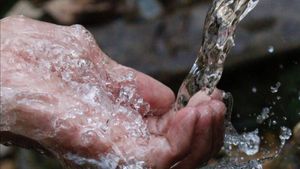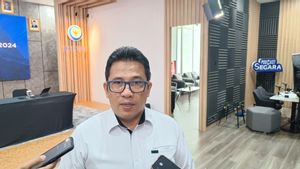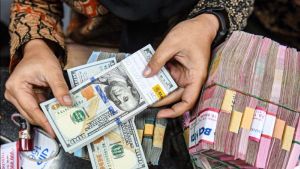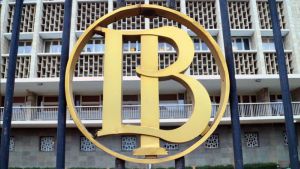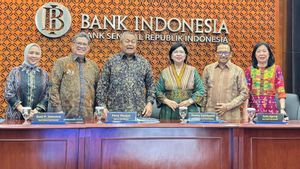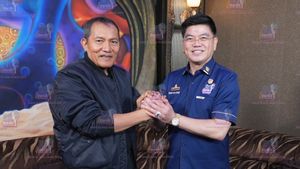PT PLN (Persero) is developing biomass as an alternative raw material for clean energy to reduce carbon emissions, one of which is through a co-firing program or substitution of part coal for Steam Power Plants (PLTU) with biomass from energy plants.
PLN President Director Darmawan Prasodjo explained that the co-firing developed by PLN was a strategic innovation to increase the use of environmentally friendly energy.
In addition, he said, in ensuring the availability of biomass raw materials for this technology, it was able to revive barren land owned by the people so that it was able to encourage new economic activity.
"We as SOEs are not only responsible for providing clean energy. The innovations we develop also target various aspects, encourage the people's economy, preserve forests and rehabilitate barren land and release dependence on fossil fuels," said Darmawan, Monday, September 18.
Through the subholding of PLN Energi Primary Indonesia (PLN EPI), PLN conducted a trial of developing a green economy ecosystem in Gunung Kidul, Yogyakarta.
The barren land that was not used was transformed by PLN into a green energy area as well as a source of animal feed needs.
Efforts that are in line with the principles of Environmental, Social and Governance (ESG) are one of the strengthening of the biomass supply chain in Indonesia for co-firing technology. Through this effort, the village community is also able to save the cost of animal feed and take advantage of barren land as a new source of economy.
Vice President of Procurement, Control and Logistics of PLN Energi Primary Indonesia (EPI), Erfan Julianto added that by 2025, PLN EPI will require a supply of biomass of up to 10.2 million tons per year.
The development of the green economy ecosystem and other biomass sources will continue to be carried out by PLN EPI to strengthen the supply chain of biomass.
This year, the ratio of co-firing technology in PLTU is 1-3 percent with a volume of 573,000 tons of biomass.
In 2025 the cofiring technology ratio will be increased by 10 percent, so a supply of biomass of up to 10.2 million tons per year is needed. Forestry products used by PLN EPI such as sawdust, wood chips and wood pellets are one of the forestry superior products.
"Through this technology, it is not only beneficial for PLN but also for the wider community because the development of energy forests and the use of this barren land is in accordance with the principle of circular economy or the people's economy," said Erfan.
The pilot project for the development of the green economy ecosystem in Gunung Kidul will also be replicated by PLN EPI in several other parts of Indonesia.
VOIR éGALEMENT:
Without having to interfere with the community's productive land, PLN will actually use barren land and land to become productive land that is not only beneficial for the supply chain of energy but also encourages the community's economy.
"With the potential for critical land and the potential for land rehabilitation of 12 million hectares that can be utilized. In the future, through government support, we will utilize this land so that it can provide a better multiplier effect for the environment and society," said Erfan.
The English, Chinese, Japanese, Arabic, and French versions are automatically generated by the AI. So there may still be inaccuracies in translating, please always see Indonesian as our main language. (system supported by DigitalSiber.id)
